Worksheets For Tracing Letters Uppercase: The Ultimate Tool
Updated: March 13, 2023
640
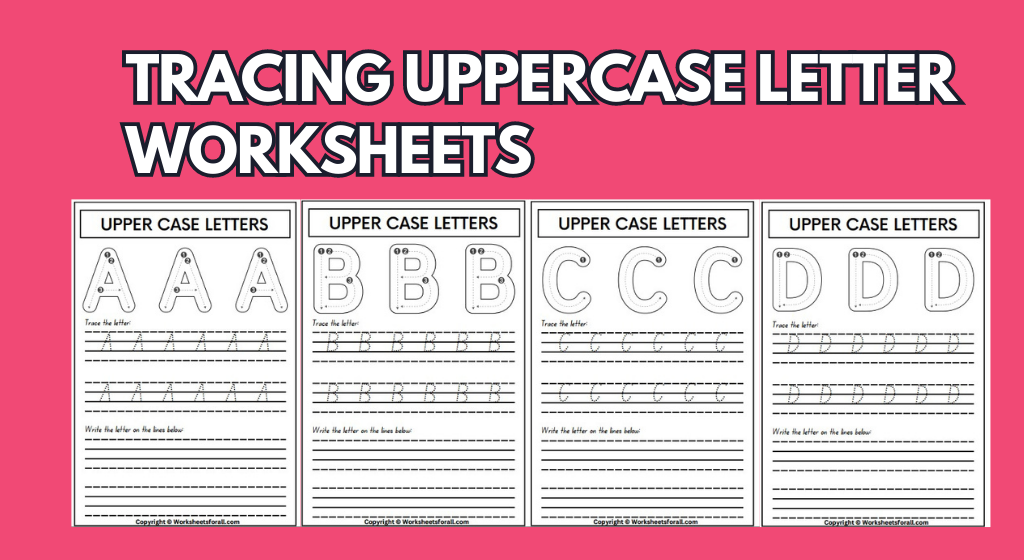
Learning the alphabet is a fundamental skill that every child needs to master. One way to teach your child the alphabet is by using worksheets for tracing letters uppercase. Tracing worksheets help children learn how to write letters by allowing them to practice their fine motor skills and hand-eye coordination. In this article, we’ll explore the benefits of using worksheets tracing letters and provide some tips on how to make them engaging for your child.
Tracing Uppercase Letters Worksheets Download
How to Write Alphabet A to Z with Worksheets For Tracing Letters
Trace the Uppercase Letter A – Worksheets For Tracing Letters
- Start at the top of the letter.
- Follow the curved line down and around.
- Trace the straight line down to the bottom.
- Lift your pen and trace the diagonal line from the bottom to the top.
- Finally, trace the horizontal line across the top of the letter.
Trace the Uppercase Letter B – Worksheets For Tracing Letters
- Start at the top of the letter.
- Trace the curved line down and around.
- Trace the straight line down to the bottom.
- Trace the small curved line from the bottom to the top.
- Trace the second curved line from the top to the bottom.
- Finally, trace the horizontal line across the top of the letter.
Trace the Uppercase Letter C:
- Start at the top of the letter.
- Trace the curved line down and around.
- Trace the second curved line from the bottom to the top.
- Finally, trace the horizontal line across the top of the letter.
Trace the Uppercase Letter D:
- Start at the top of the letter.
- Trace the curved line down and around.
- Trace the straight line down to the bottom.
- Trace the small curved line from the bottom to the top.
- Finally, trace the horizontal line across the top of the letter.
Trace the Uppercase Letter E:
- Start at the top of the letter.
- Trace the horizontal line across the top of the letter.
- Trace the vertical line down to the bottom.
- Trace the diagonal line from the bottom left to the top right.
- Finally, trace the diagonal line from the top left to the bottom right.
Trace the Uppercase Letter F:
- Start at the top of the letter.
- Trace the horizontal line across the top of the letter.
- Trace the vertical line down to the bottom.
- Trace the diagonal line from the bottom left to the top right.
- Finally, trace the horizontal line across the middle of the letter.
Trace the Uppercase Letter G:
- Start at the top of the letter.
- Trace the curved line down and around.
- Trace the vertical line down to the bottom.
- Trace the small curved line from the bottom to the top.
- Trace the diagonal line from the top to the bottom right.
- Finally, trace the horizontal line across the top of the letter.
Trace the Uppercase Letter H:
- Start at the top left of the letter.
- Trace the diagonal line down and to the right.
- Trace the vertical line down to the bottom.
- Trace the diagonal line from the bottom left to the top right.
- Finally, trace the horizontal line across the middle of the letter.
Trace the Uppercase Letter I:
- Start at the top of the letter.
- Trace the vertical line down to the bottom.
- Finally, trace the horizontal line across the middle of the letter.
Trace the Uppercase Letter J:
- Start at the top of the letter.
- Trace the vertical line down to the bottom.
- Trace the small curved line from the bottom to the top.
- Trace the diagonal line from the top to the bottom right.
- Finally, trace the horizontal line across the bottom of the letter.
Trace the Uppercase Letter K:
Start at the top of the letter.
- Trace the diagonal line from the top left to the bottom right.
- Trace the vertical line down from the middle of the diagonal line.
- Trace the short diagonal line from the bottom of the vertical line to the middle of the diagonal line.
- Trace the diagonal line from the bottom left to the top right.
- Finally, trace the short diagonal line from the top of the vertical line to the top right corner of the letter.
Trace the Uppercase Letter L:
Start at the top of the letter.
- Trace the vertical line down to the bottom.
- Trace the horizontal line across the bottom of the letter.
- Finally, trace the short diagonal line from the bottom left corner to the top right corner of the letter.
Trace the Uppercase Letter M:
Start at the top of the letter.
- Trace the diagonal line from the top left to the bottom right.
- Trace the diagonal line from the top right to the bottom left.
- Trace the vertical line down to the bottom.
- Finally, trace the two diagonal lines from the bottom to the top, connecting the two diagonal lines at the top to complete the letter.
Trace the Uppercase Letter N:
Start at the top of the letter.
- Trace the diagonal line from the top left to the bottom right.
- Trace the vertical line down to the bottom.
- Finally, trace the diagonal line from the bottom left to the top right.
Trace the Uppercase Letter O:
Start at the top of the letter.
- Trace the curved line from the top left to the top right.
- Trace the curved line from the top right to the bottom right.
- Trace the curved line from the bottom right to the bottom left.
- Finally, trace the curved line from the bottom left to the top left, connecting to the starting point to complete the letter.
Trace the Uppercase Letter P:
Start at the top of the letter.
- Trace the vertical line down to the bottom.
- Trace the curve from the bottom left up to the top.
- Trace the small horizontal line from the top to the right.
- Trace the long horizontal line from the top to the left, curving down to the bottom.
- Finally, trace the short vertical line down to the baseline.
Trace the Uppercase Letter Q:
Start at the top of the letter.
- Trace the vertical line down to the bottom.
- Trace the curve from the bottom left up to the top.
- Trace the small horizontal line from the top to the right.
- Trace the long diagonal line from the top to the bottom right, curving outwards.
- Trace the small diagonal line from the bottom of the previous line to the right.
- Finally, trace the short horizontal line from the right to the left, connecting to the vertical line.
Trace the Uppercase Letter R:
Start at the top of the letter.
- Trace the slanted line from the top left to the bottom right.
- Trace the vertical line down to the baseline, starting at the middle of the previous line.
- Trace the small diagonal line from the bottom of the vertical line to the right.
- Trace the curve from the bottom left, up to the top and around, and then down to the bottom right.
- Finally, trace the small horizontal line from the bottom of the curve to the right.
Trace the Uppercase Letter S:
Start at the top of the letter.
- Trace the curve from the top left, down to the bottom.
- Trace the small diagonal line from the bottom of the curve to the right.
- Trace the curve from the bottom left, up to the top and around, and then down to the bottom right.
- Trace the small diagonal line from the bottom of the curve to the left.
- Finally, trace the curve from the bottom left, up to the top and around, and then back up to the top left.
Trace the Uppercase Letter T:
Start at the top of the letter.
- Trace the horizontal line across the top of the letter.
- Trace the vertical line down to the bottom, starting at the middle of the previous line.
- Finally, trace the horizontal line across the bottom of the letter.
Trace the Uppercase Letter U:
Start at the top of the letter.
- Trace the vertical line down to the bottom.
- Trace the curve from the bottom left, up to the top, and then down to the bottom right.
- Finally, trace the vertical line down to the baseline from the bottom of the curve.
Trace the Uppercase Letter V:
Start at the top of the letter.
- Trace the diagonal line from the top left, down to the middle.
- Trace the diagonal line from the top right, down to the middle, crossing the first line at the bottom.
- Finally, trace the small horizontal line across the bottom of the letter.
Trace the Uppercase Letter W:
Start at the top of the letter.
- Trace the diagonal line from the top left, down to the middle left.
- Trace the diagonal line from the top right, down to the middle right, crossing the first line at the bottom.
- Trace the diagonal line from the bottom left, up to the top middle.
- Finally, trace the diagonal line from the bottom right, up to the top middle, crossing the third line at the top.
Trace the Uppercase Letter X:
- Start at the top of the letter.
- Trace the diagonal line from the top left to the bottom right.
- Then, trace the diagonal line from the top right to the bottom left.
Trace the Uppercase Letter Y:
- Start at the top of the letter.
- Trace the diagonal line from the top left to the bottom right.
- Then, trace the diagonal line from the top right to the bottom left.
- Next, trace the vertical line down from the center.
- Finally, trace the diagonal line from the bottom left to the center.
Trace the Uppercase Letter Z:
- Start at the top of the letter.
- Trace the horizontal line across the top of the letter.
- Then, trace the diagonal line from the top right to the bottom left.
- Finally, trace the horizontal line across the bottom of the letter.
The Importance of Tracing Letters with Worksheets For Tracing Letters
Tracing letters is an essential part of early childhood education that helps children develop critical skills needed for reading and writing. Not only does it improve fine motor skills and hand-eye coordination, but it also reinforces muscle memory and helps children recognize and memorize letters more efficiently.
Research has shown that tracing letters can also enhance cognitive development and brain connectivity, leading to improved language skills and higher academic achievement. Additionally, it can boost children’s confidence in their writing abilities and encourage them to engage in further learning.
Introducing tracing letters through fun and engaging activities, such as colorful worksheets or interactive games, can also help children develop a positive attitude toward learning and increase their motivation to practice writing.
Tracing letters is a crucial foundation for literacy development, providing children with the necessary skills and confidence to succeed in reading and writing.
The Benefits of Worksheets For Tracing Letters
Tracing worksheets have numerous benefits for children, including:
Improving Handwriting
Tracing letters helps children develop their handwriting skills. The repetition of tracing the letters helps children build muscle memory, making it easier for them to write letters on their own.
Enhancing Fine Motor Skills by Worksheets for Tracing Letters
Tracing letters requires children to use their fine motor skills, such as holding a pencil or crayon, which is essential for their overall development.
Boosting Hand-Eye Coordination with Worksheets For Tracing Letters
Tracing worksheets also help children improve their hand-eye coordination. As they trace the letters, they are required to look at the letter and then move their pencil or crayon in the correct direction.
How to Make Worksheets For Tracing Letters Engaging
Making tracing worksheets engaging is essential to keep children interested and motivated. Here are some tips on how to make tracing worksheets more engaging for your child:
Use Colorful Pens or Crayons
Using colorful pens or crayons can make tracing worksheets more appealing to children. Encourage your child to use a variety of colors to trace the letters.
Include Pictures and Graphics in Worksheets For Tracing Letters
Adding pictures and graphics to tracing worksheets can make them more visually appealing. For example, you could include pictures of objects that start with the letter being traced.
Make it a Game using Worksheets For Tracing Letters
Making tracing worksheets into a game can make them more fun for your child. For example, you could time how long it takes your child to trace all the letters and see if they can beat their previous time.
How to Use Worksheets For Tracing Letters
When using tracing worksheets to teach your child the alphabet, here are some tips to keep in mind:
Start with Uppercase Letters
Begin by teaching your child uppercase letters as they are easier to write and recognize than lowercase letters.
Introduce Letters in Groups
Introduce letters in groups of three or four, starting with letters that are visually similar, such as “C,” “O,” and “Q.”
Repeat Letters
Repetition is key when it comes to learning the alphabet. Encourage your child to trace the same letters multiple times to reinforce muscle memory.
Tracing Capital Letter A
No matter what age of the child you have, the best starter to let the child trace is starting from the tracing capital letter A. It does not matter much whether your child likes alphabet tracing upper and lowercase, the start has to be taken from tracing capital letter A.
Conclusion
Tracing uppercase letter worksheets can be a really fun way to teach your child the alphabet. Not only does it help them to improve their handwriting, but it also enhances their fine motor skills and hand-eye coordination. However, it’s important to keep things interesting and engaging for your child, so try using colorful pens or crayons, add in pictures or graphics, and even make it into a game! Remember to start with uppercase letters, introduce them in groups, and repeat them often to help your child’s muscle memory. Consistent practice will help your child master the alphabet and improve their writing skills overall. So, why not give it a try?
When should I start teaching my child the alphabet?
It’s never too early to start teaching your child the alphabet. You can start as early as 18 months by introducing them to the letters through toys, books, and songs.
How long should my child practice tracing each letter?
It depends on your child’s age and attention span. Start with a few minutes per letter and gradually increase the time as your child’s skills improve.
Should I focus on uppercase or lowercase letters first?
It’s generally recommended to start with uppercase letters first as they are easier to recognize and write. Once your child has mastered uppercase letters, you can move on to teaching lowercase letters.
Can tracing worksheets be used for other subjects besides the alphabet?
Yes, tracing worksheets can be used for other subjects such as numbers, shapes, and even words. They are a great way to reinforce learning and improve fine motor skills.
How often should my child practice tracing worksheets?
It’s recommended to practice tracing worksheets for a few minutes each day. Consistency is key in reinforcing muscle memory and improving handwriting skills.
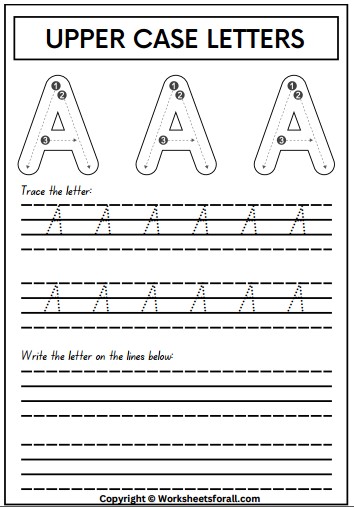
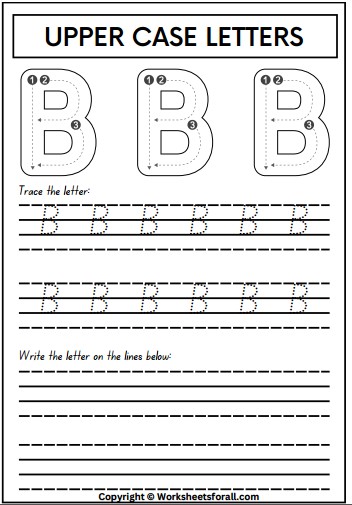
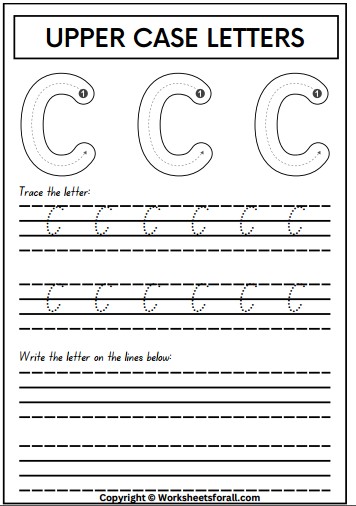
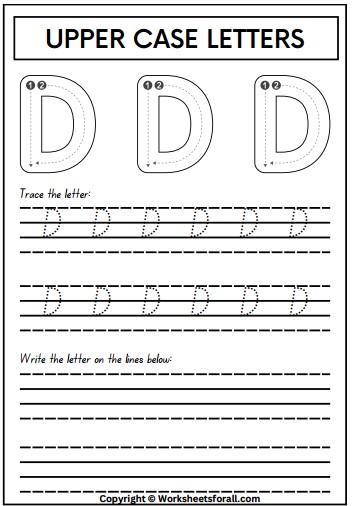
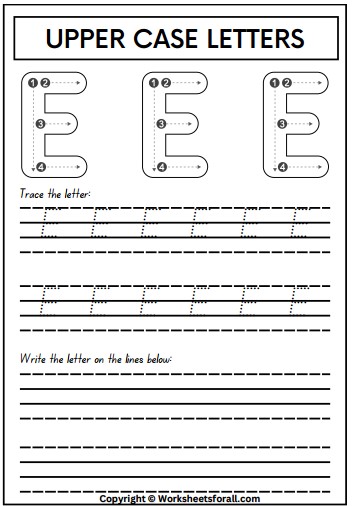
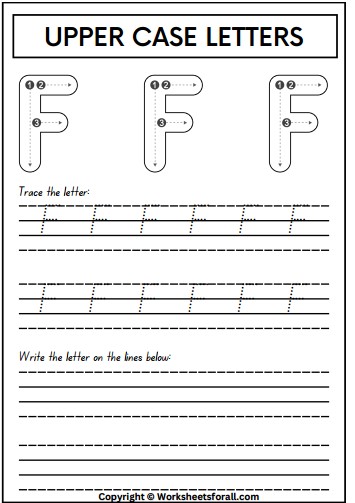
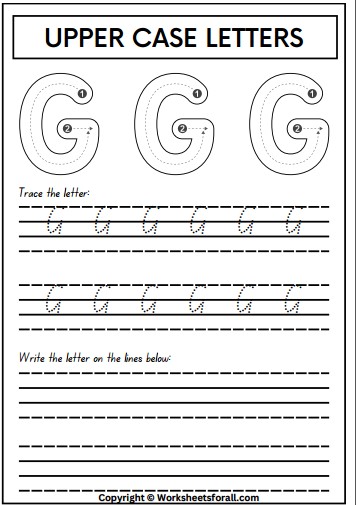
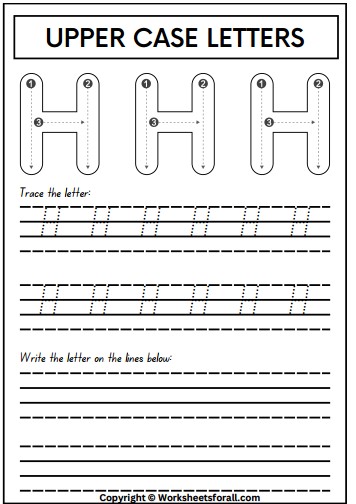
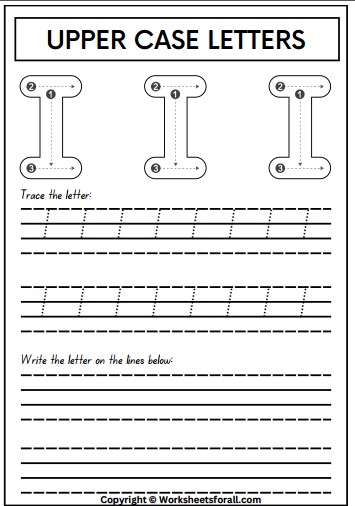
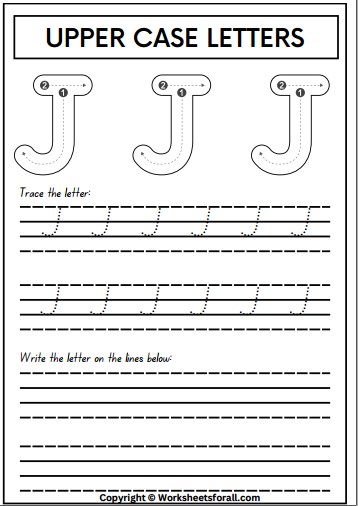
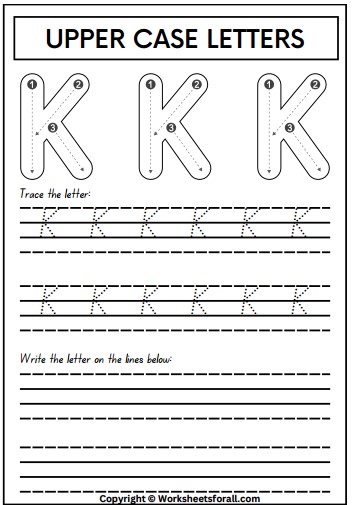
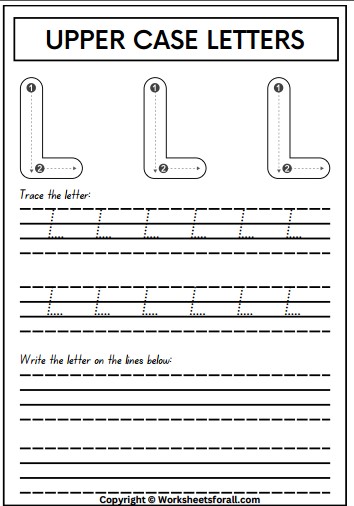
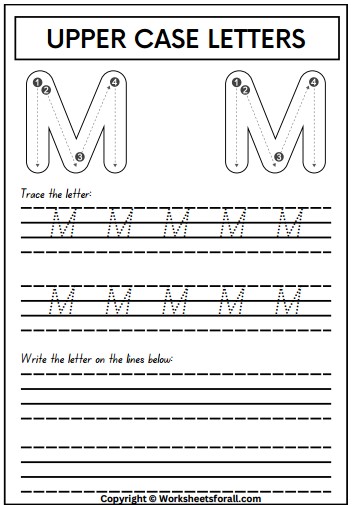
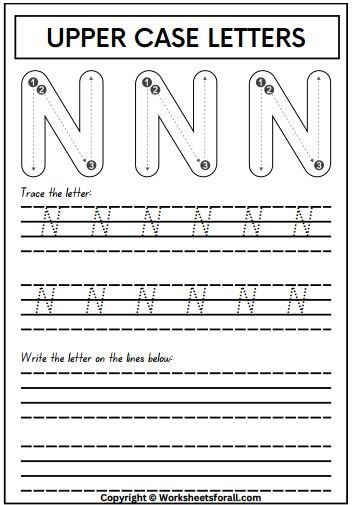
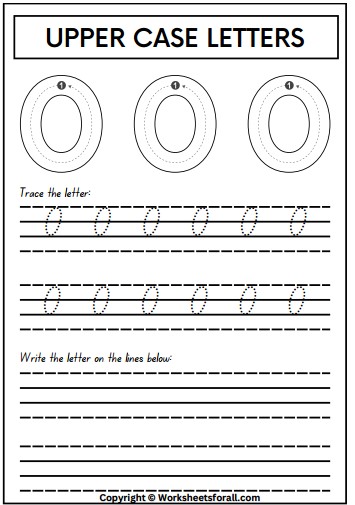
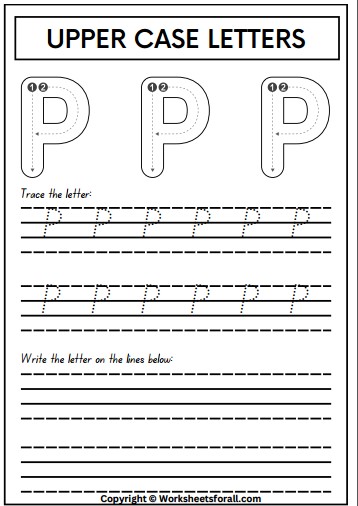
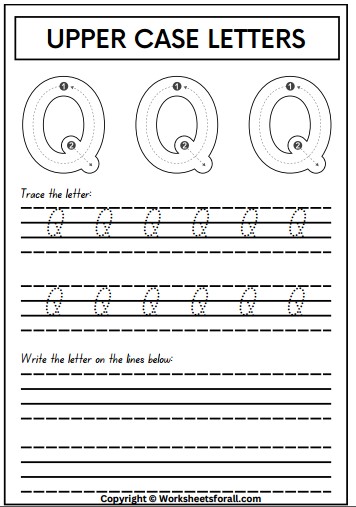
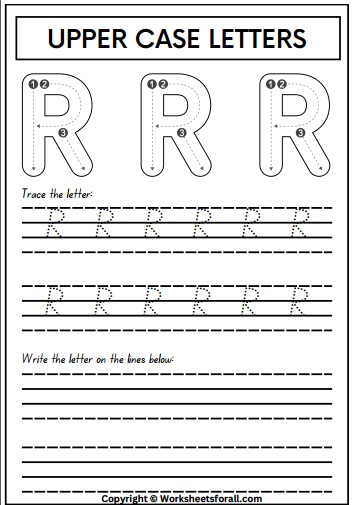
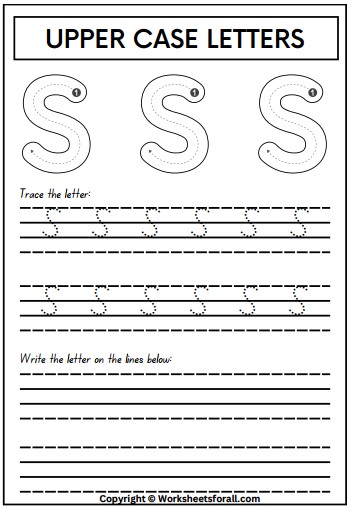
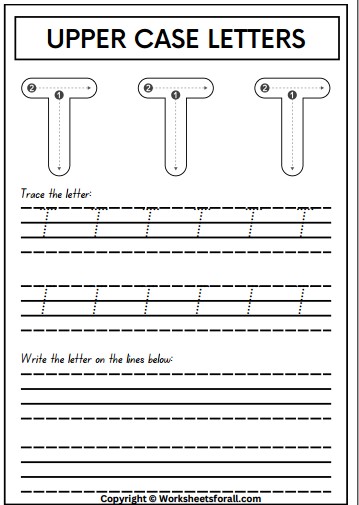
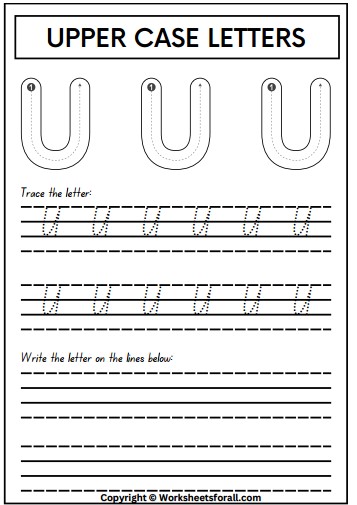
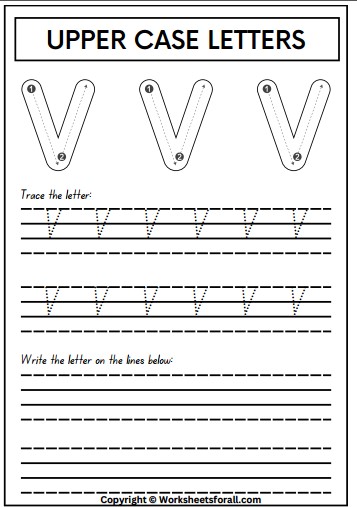
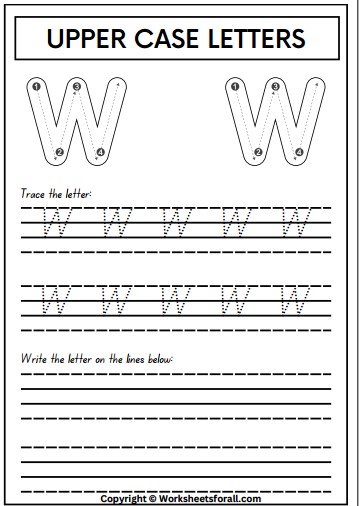
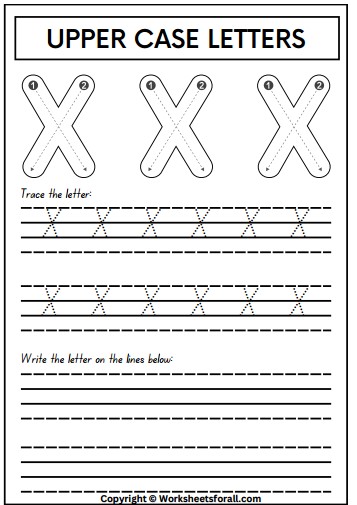
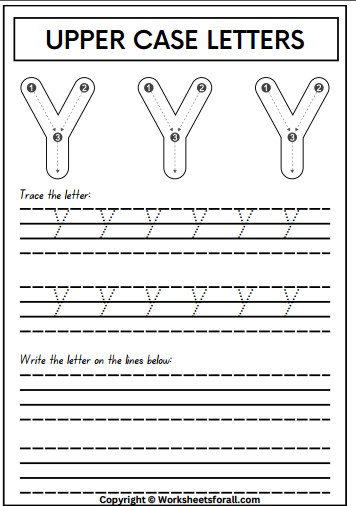
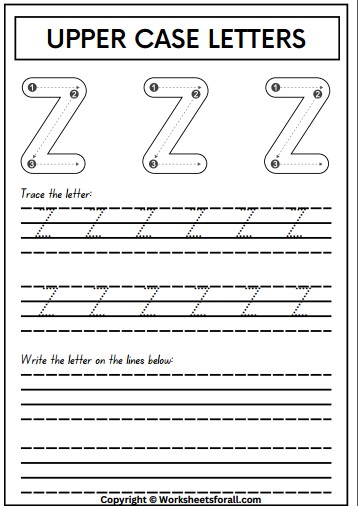
Please Write Your Comments